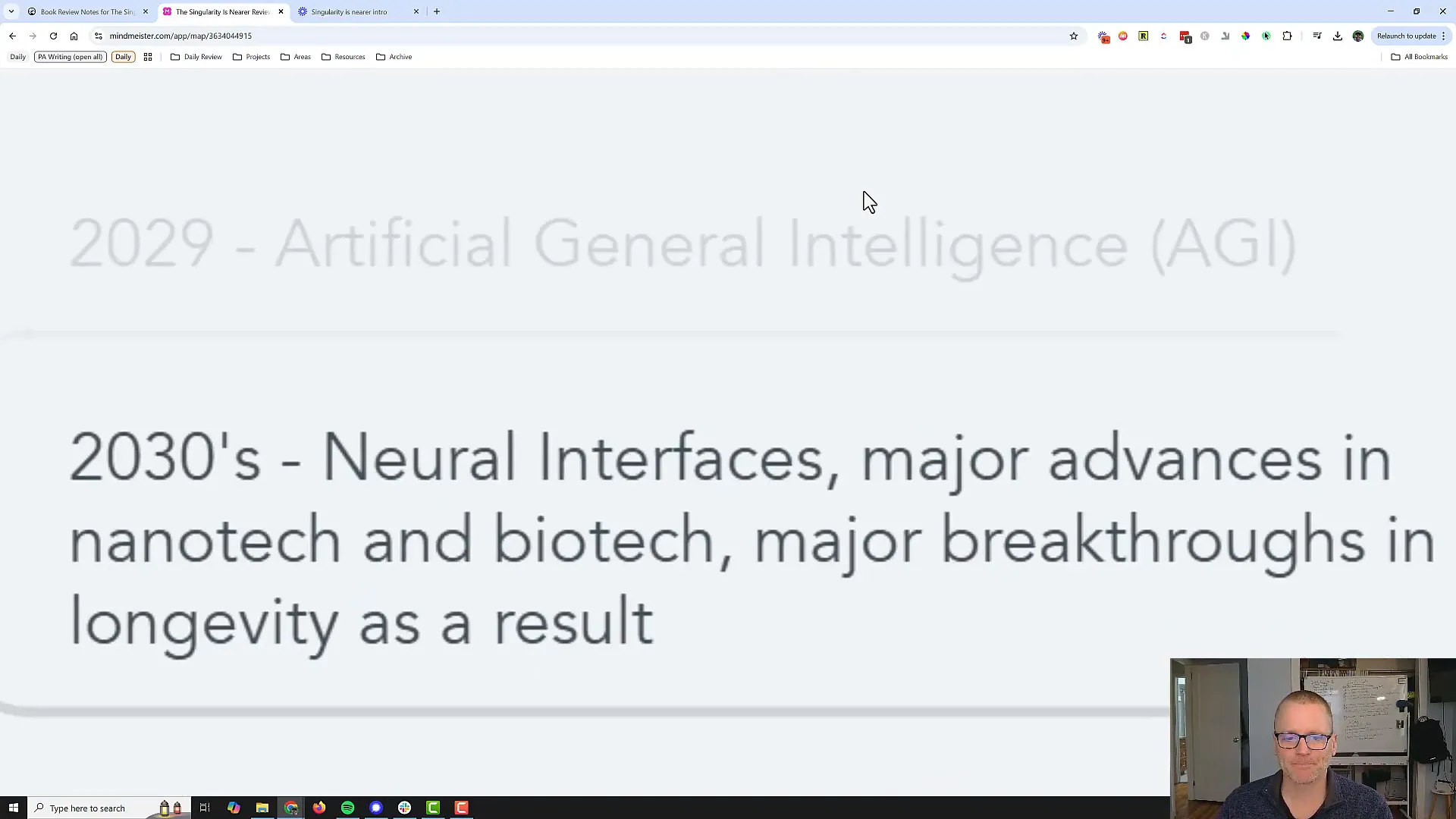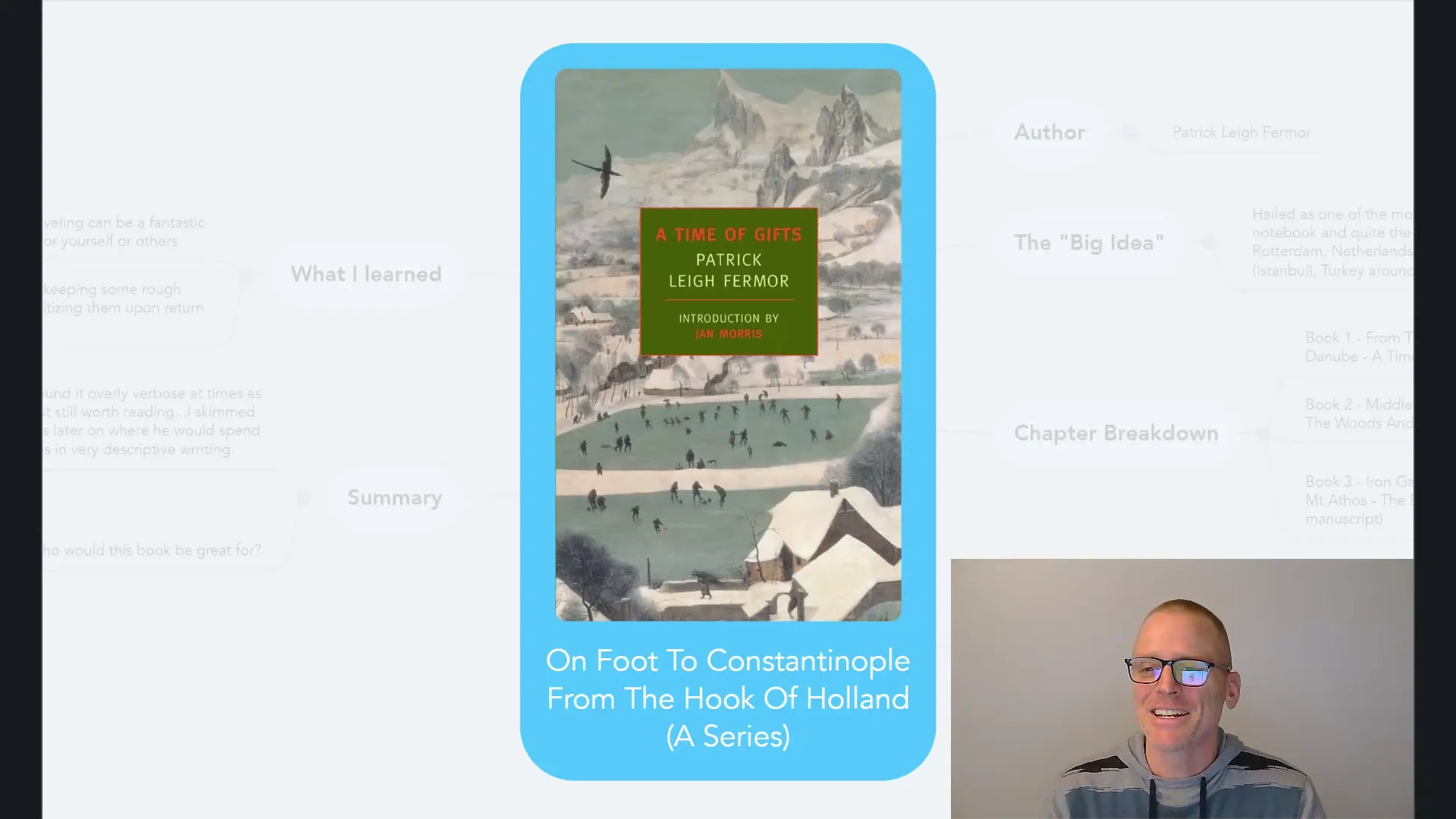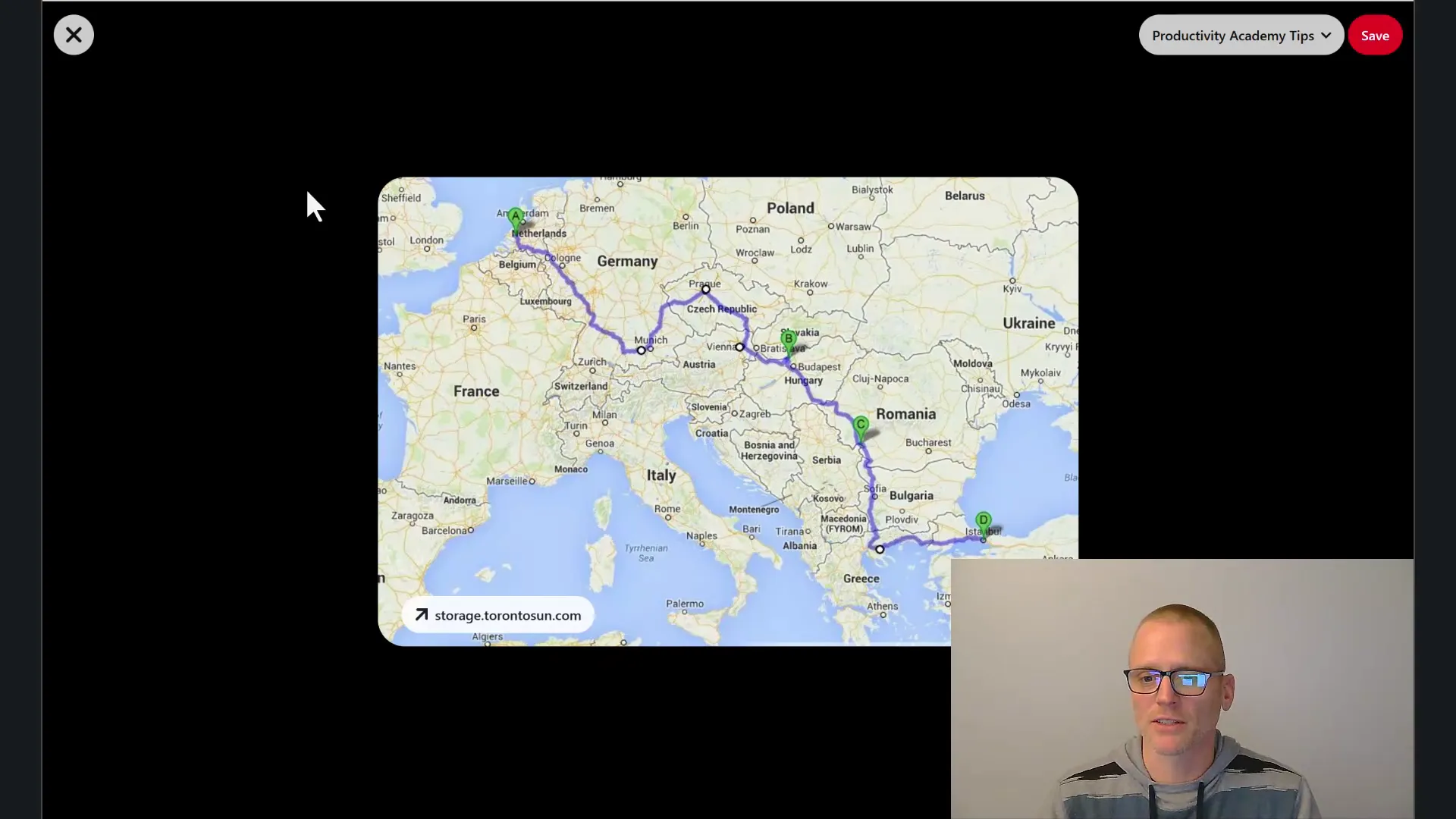When I dive into a book like Earth House Hold by Gary Snyder, it’s definitely a challenge to my normal viewpoints and day to day thoughts. This book, which falls outside the typical areas of nonfiction reading that I do, provides a unique blend of nature, spirituality, and human observation that captivated me. In this post, I’ll share my insights and reflections on Snyder’s work, which is as much a personal journey as it is a broader commentary on society and the environment.
About Gary Snyder
Before we get into the book, it’s good to understand a little bit about who Gary Snyder is. A Pulitzer Prize winner, Snyder is often associated with the “Beat Generation” and has roots that trace back to the literary movements of the 1940s and 50s. His experiences span across the Northern Cascade Mountains in Washington State, to Japan, India, and beyond. This wide ranging geographical and cultural background flavors his writing, helping in making it a captivating read.
Overview of Earth House Hold
The book is structured as a collection of essays and journal entries, presenting Snyder’s observations on nature, Zen Buddhism, and the human condition. Snyder’s narrative takes us on an exploration of his life experiences over a decade, filled with profound insights on communal living and our relationship with the environment. The way he intertwines personal anecdotes with larger philosophical themes makes the reading experience both engaging and enlightening.
Life in the Northern Cascades
One of the most compelling sections of the book for me begins with Snyder’s time as a lookout in the Northern Cascade Mountains. This part resonated deeply with me as I’ve hiked and backpacked in that region. Snyder’s reflections on the beauty of nature and the behaviors of people in it are striking and at times amusing. He shares anecdotes that are both humorous and frustrating, highlighting how human actions often disrupt the natural world. His observations from over seventy years ago still ring true today, as we continue to grapple with similar issues.
Journey to Japan
After sharing his experiences in the Cascades, Snyder takes us on a journey to Japan. Here, he provides insights into monastery life and the rigorous Zen practice he encountered. His descriptions of the intensity of this spiritual discipline offer a glimpse into a world that many may only know through books. Snyder details how the masters interact with their students and the accessibility of these spiritual practices to the average person.
Literary Reviews and Reflections
Another interesting aspect of Earth House Hold is Snyder’s reviews of Native American-focused literature. These reviews not only showcase his extensive knowledge but also his ability to really cut with his words and offer sharp criticism.
Life at Sea and Cultural Observations
Following his time in Japan, Snyder recounts his experiences working his passage aboard a small commercial ship. This section provides a shift in perspective, as he describes life at sea and the characters he meets along the way. The journey continues with reflections on his travels to Rishikesh and Hardwar in India, where Snyder encounters significant historical figures and shares glimpses of the cultural practices in day to day life and the study of Buddhism that differ across the globe.
Buddhism and the Coming Revolution
One of the essays in the book is entitled “Buddhism and the Coming Revolution.” Here, Snyder posits that the values of Buddhism could offer a transformative path for society. He mentions travel and seeing different peoples and practices as important and that LSD can provide a similar perspective if you can’t take the trip!
Communal Living and the Concept of the Tribe
Moving further into the book, Snyder begins to explore the idea of communal living. He discusses how people in the past recognized one another and the dynamics of tribal life. His reflections on this subject are not just historical; they challenged readers to consider what communal living could look like today. Snyder suggests that there is much to learn from these past practices, especially in terms of sustainability and community resilience.
The Final Chapters: Yoga, Meditation, and Life on a Japanese Island
The concluding chapters of Earth House Hold are wide ranging, as Snyder touches on yoga, meditation, and life on a small island in southern Japan. He describes how the residents live in harmony with their environment, emphasizing the necessity of sustainable practices. It’s an interesting end to a varied book and the curtains drop without much fanfare.
Key Themes and Takeaways
Throughout Earth House Hold, several recurring themes emerge. One of the most striking is the idea of discipline. Snyder writes about the difference between self-restraint and following one’s desires, emphasizing the importance of self-knowledge. He suggests that understanding our true desires is a challenging yet necessary journey.
Another vital theme is the role of meditation. Snyder argues that meditation can clear the mind of the clutter imposed by modern society, a sentiment that feels incredibly relevant today. He reminds us that while technology and automation have their place, there is immense value in engaging with the world directly and experiencing life in a more hands-on manner.
A Critical Reflection on Optimism
Despite the many insights Snyder offers, I find that in retrospect it looks overly optimistic – and I fully admit that this is largely due to looking backwards through time and my “lens”. To think that this book was written and published when it was is impressive in itself. At times Snyder himself even acknowledges the difficulties in overcoming human nature, mentioning the tendency through history of Buddhism to ignore evil rulers and similar scenarios.
Conclusion: A Journey Worth Taking
In conclusion, Earth House Hold is not merely a collection of essays; it’s an zig zagging exploration of life, nature, and spirituality. While some may find it a challenging read due to its non-linear structure, it’s rewarding to engage with Snyder’s thoughts.
If you’re looking for a book that encourages you to see the world through a different lens, I highly recommend Earth House Hold. It’s a journey that can inspire new perspectives and a deeper understanding of our place in the world.
For those interested in exploring the concepts further, you can find a mind map summarizing the book’s insights here or watch the video at the top of the article.










